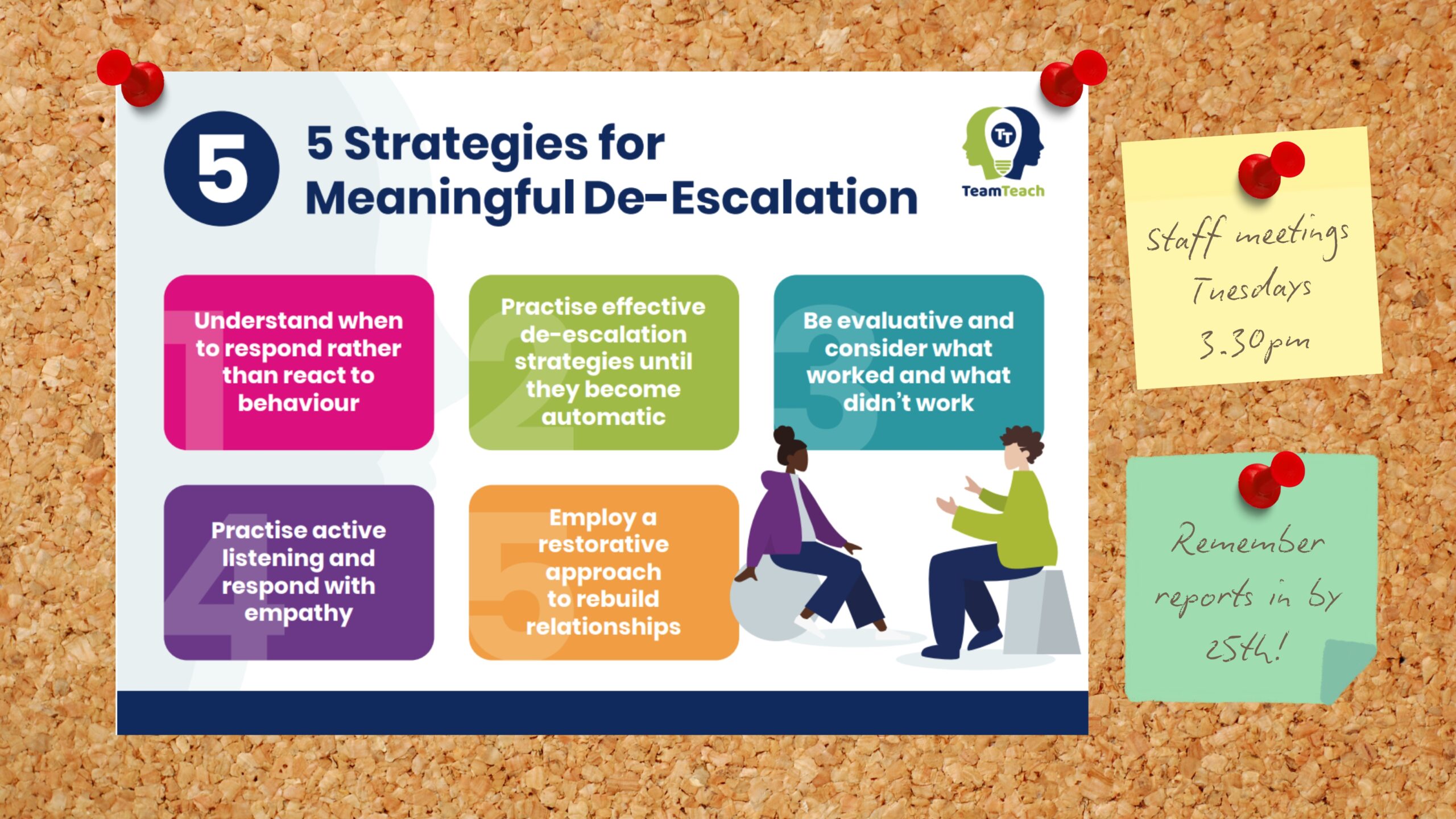Questions for practitioners, to better understand and support behaviour.
Understanding Behaviour


Questions for practitioners, to better understand and support behaviour.
Anna Gregory highlights ways to support new teachers with student behaviour.

Key considerations for establishing a calm room or quiet space within your setting.

Effective de-escalation strategies to reduce risk and the need for restrictive practices.

How to use CALM communication as an effective de-escalation strategy.

By using praise effectively, we can reinforce the behaviours we want to encourage.

How to create positive organisational cultures while reducing use of restrictive practices.

Poster outlining 5 key strategies to effectively de-escalate situations.
Dave Smallwood highlights ways to support biting and hitting behaviour in early years.

Ali Manning discusses ‘time in’ as an effective behaviour support strategy.

Part 2 eBook: how to understand what behaviour is communicating.

Exploring how the PBL Framework and Team Teach approach complement each other.

How to use ‘time in’ as a positive and inclusive behaviour support strategy with children and young people.

Blank Conflict Spiral template to map an individual’s experience.

Exploring what is meant by ‘de-escalation’ with strategies to defuse situations successfully.